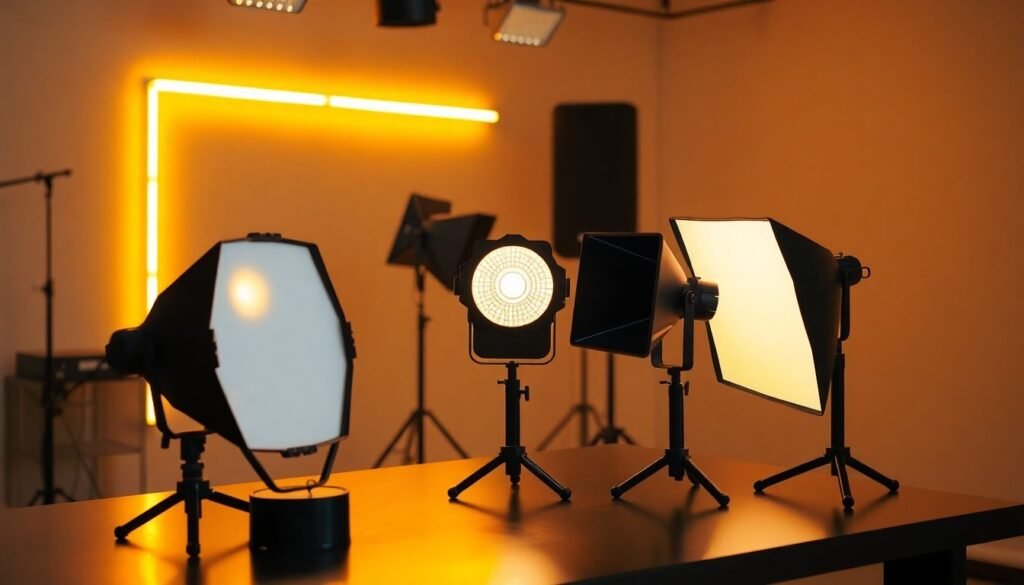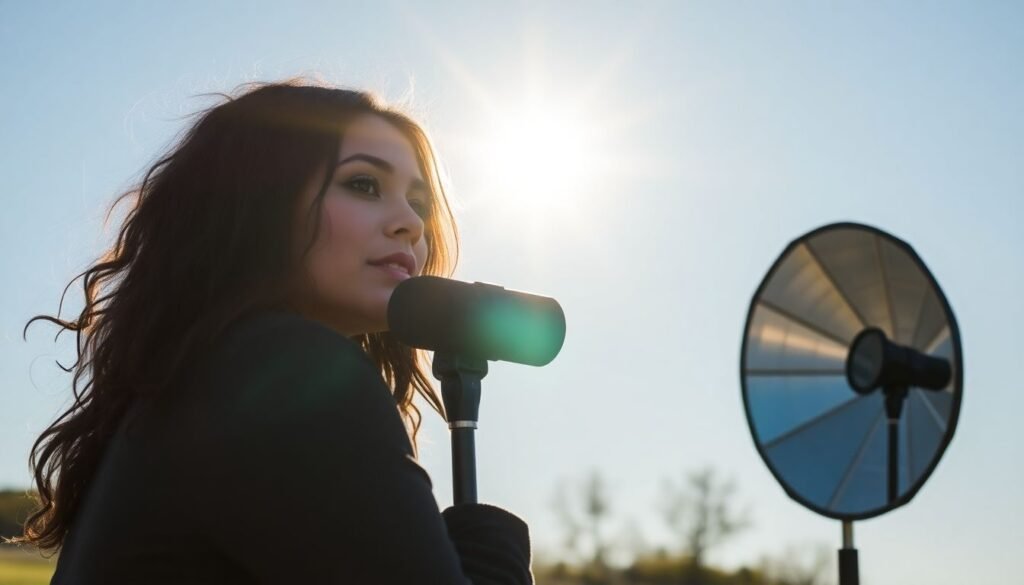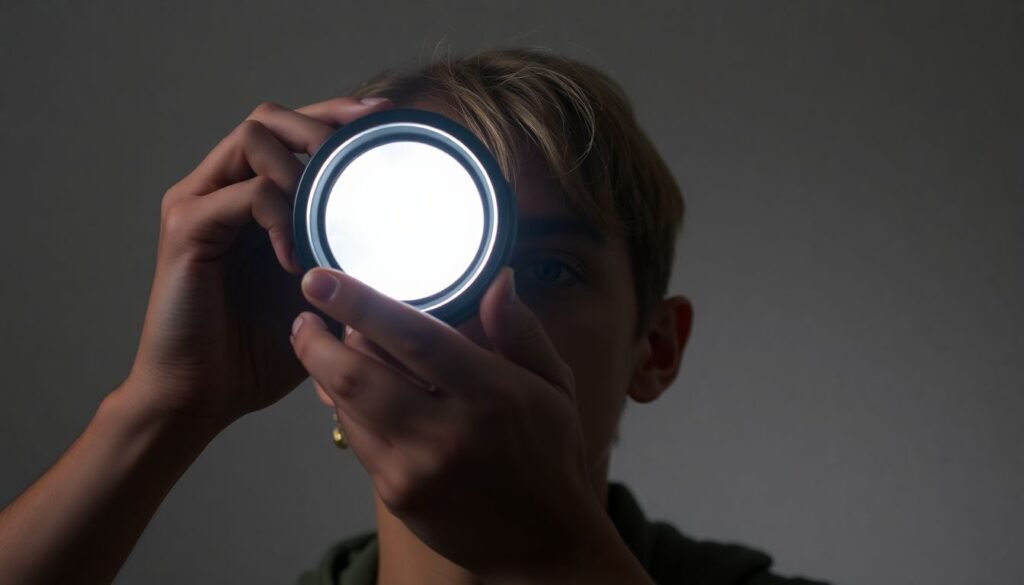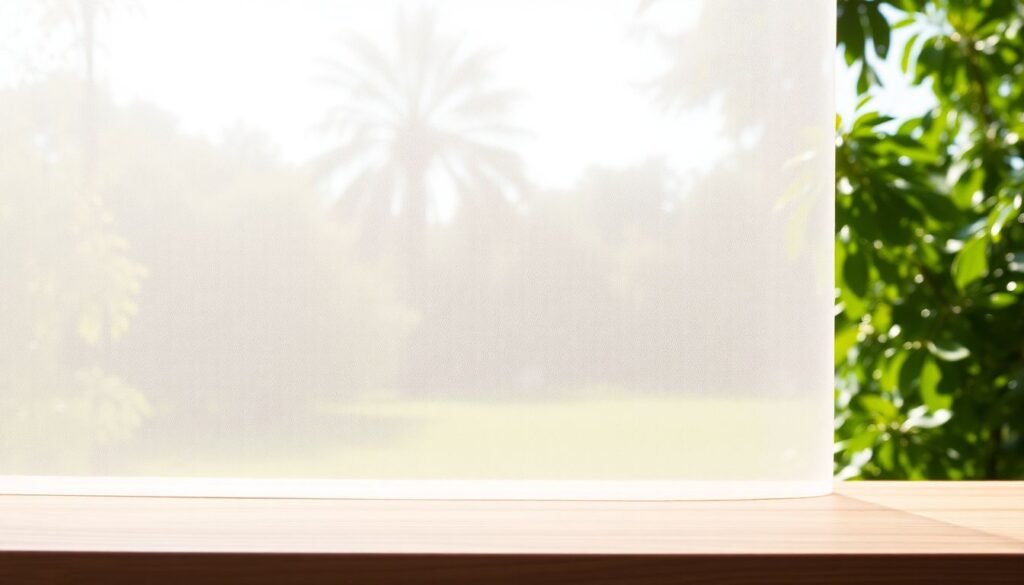Physical Address
304 North Cardinal St.
Dorchester Center, MA 02124
Physical Address
304 North Cardinal St.
Dorchester Center, MA 02124

Have you ever looked at a portrait and wondered, How does everything look so perfectly lit? It’s not just about having the best camera or lens—it’s often about using a simple, humble tool: the light reflector. Whether you’re a beginner or a seasoned pro, a light reflector can take your portraits to a whole new level. It’s like having the sun in your pocket, ready to make your subjects shine. Let’s dive into what makes this tool so impactful and how you can use it to elevate your photography.

Think of a light reflector as a bounce pad for light. It’s any surface—usually lightweight and portable—that redirects light onto your subject. Reflectors come in various shapes, sizes, and materials, making them adaptable to any photography style. They don’t produce light; they simply redirect and shape the existing light to achieve the desired effect. Sounds simple, right? But the results can be transformative.

In photography, light is everything. Without good lighting, even the most beautiful subjects can look dull and lifeless. A reflector helps you shape the light, filling in shadows, highlighting details, and creating a balanced look. The best part? It’s cost-effective, lightweight, and versatile—a tool you can’t afford to leave out of your kit.

Light affects mood, depth, and dimension in a portrait. Harsh light can create dramatic shadows, while soft light gives a dreamy, romantic feel. The direction, quality, and intensity of light can make or break your photo. This is where reflectors shine (pun intended)—they let you control these elements without complicated equipment.

Reflectors are categorized by the color or material of their surface, each serving a specific purpose.
These are the most versatile and beginner-friendly. They provide soft, even light, making them perfect for close-ups and natural-looking portraits.
Silver reflectors amplify and intensify light, creating a brighter and more dramatic look. They’re ideal for low-light situations or when you need extra pop in your photos.
Gold reflectors add warmth and richness to your images, mimicking the golden glow of sunset. They’re especially flattering for skin tones, making them a favorite for outdoor portraits.
Surprisingly, black reflectors don’t reflect light—they absorb it. They’re used to block unwanted light or add contrast, creating depth and drama.
These are like light filters. They soften and diffuse light, eliminating harsh shadows and creating a balanced, flattering effect.

Choosing the right reflector depends largely on your subject. For warm skin tones, gold reflectors enhance natural warmth. For cooler or neutral tones, silver reflectors add brightness without altering the color balance.

Reflector placement is key to achieving the look you want. Here are some popular setups:
Reflectors aren’t just for filling shadows—they’re tools for creativity. Tilting a reflector or using it at an angle can produce unique light patterns, highlight textures, or create a moody atmosphere. Try it out and see how it transforms your portraits!

Light reflectors enhance your subject’s natural beauty, smoothing out uneven tones and reducing harsh shadows that might emphasize blemishes or wrinkles.
By controlling where and how light falls, reflectors add depth and richness to your portraits, making them feel more dynamic and three-dimensional.
Shooting in harsh sunlight often results in unflattering shadows. Reflectors are lifesavers in these scenarios, helping you achieve balanced and flattering lighting.

Natural light is free and beautiful. Use a white or gold reflector to bounce sunlight onto your subject. Start small, experimenting with angles to see how the light changes.
Indoors, place your reflector near a window to maximize natural light. This simple trick can instantly elevate your portraits without additional lighting equipment.

Pairing reflectors with strobes or continuous lights gives you full control over every detail of your lighting setup. For example, a silver reflector can amplify a weak fill light, while a black reflector can add contrast for a moodier effect.
Lighting multiple subjects evenly is tricky. Reflectors can help balance the light, ensuring everyone looks equally good—no more dark shadows on the outer edges of your group shot.

Reflecting too much light can wash out your subject, especially with silver reflectors. Always check your exposure and adjust the reflector’s position to avoid overexposure.
A reflector enhances the light you already have. Make sure you’re accounting for your main light source—whether it’s the sun, a lamp, or a flash—before positioning your reflector.

You don’t need expensive gear to get started. A piece of white cardboard, aluminum foil, or even a car sunshade can work wonders in a pinch.
Be resourceful! White walls, mirrors, or even a shiny piece of fabric can act as impromptu reflectors. The goal is simply to bounce light where you need it.

Professional photographers love reflectors because they offer versatility and precision. They can instantly tweak the lighting on set without needing to adjust complex equipment.
Well-lit portraits stand out. They look polished, professional, and captivating—all of which are essential for building an impressive portfolio.

Outdoor light can be unpredictable. A translucent reflector softens harsh sunlight, while a gold reflector adds warmth even on cloudy days.
Indoor lighting often feels flat or artificial. Reflectors fix this by creating natural-looking light that highlights your subject beautifully.

Keep your reflector clean to avoid unwanted spots or streaks in your photos. Use a damp cloth and mild soap to clean it gently.
Store your reflector in its carrying case when not in use. Fold it properly to avoid creases or damage to the reflective surface.

Investing in a light reflector is one of the smartest moves you can make as a photographer. It’s affordable, easy to use, and incredibly effective in transforming your portraits. Whether you’re shooting in natural light or a studio, a reflector gives you control over lighting like never before. So, why wait? Add one to your kit today and see the difference for yourself!